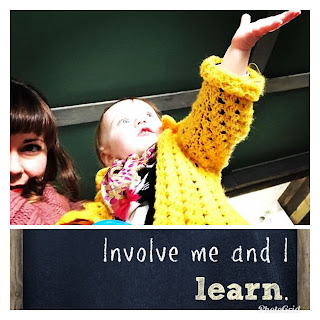Thing 8 and 9: Research Databases and Search Tool Ninjas
These actual two Things I started back in February but I ended up sick and was not able to complete them. Sometimes "things" happen as they are supposed to. When I was ready to submit these the first time, I had shared many databases with the entire staff but with a focus on our one on one classrooms and only had one teacher respond to using databases for research. With future communication, my administrator and myself were surprised to see how limited research- especially tech based research was being used in our building.
What we discovered was twofold. The first was what mode of research was being used in the elementary. When teachers were using student research, they preferred to guide where and what students were researching. This lead to a basket of books from the library, maybe a few encyclopedias, and some teacher printed articles that the class could pick a few resources from. These resources were an introduction to research but often were not the most updated or accurate information. They also were not guided by student interest. The second was that if technology resources were used, it was our more responsible students being allowed to use technology searches. This was because they could responsibly decide if the search they googled was a safe resource to use.
I have combined Thing 8 and 9 because they addressed both of issues we were having in our building. The first thing that we did was put a search engine in place that would be safe for elementary research. Our district decided to use KidRex. Some of our teachers also decided that they liked Kiddle. Next, we provided the teachers with all of the school library system databases, the district databases, and a favorite of mine ALA Great Websites for Kids. They had all of these resources provided to them prior to this but did not see the value of them. We did find that navigating our school district SEARCH was overwhelming to elementary students. Although it provided a quick sign on, there were too many choices for the students when they got signed on. We also as a district decided to subscribe in a trial of pebble go and have decided to purchase this wonderful resource.
So, I worked with our teachers from home to set up Google research classrooms. The students had to sign on individually to each database and then begin their research. This was an effective way for our students because they were making intentional choices about databases and where they were going to seek information. It also gave them experience signing on and off databases. This 21st century skill is not always a skill our students use because we have a number of our tech usage linked to Clever and students are not required to sign on independently.
The result of these two "things"combined with some encouragement and resource support for our teachers and students led to the students K-4 have doing research projects with safe search and databases. Some of the topics used were continents, farms, planets, recycling, birds, animals, and America. I am sure there have been more topics then that but those are the topics I have assisted with from home.
These two "things" opened my mind up to dig a little deeper on an elementary level. It guided my administrator and myself to address student led research vs information consumption research that was led and limited by teachers and what that could look like. I think this has provided a new freedom for both teachers and students.




Wonderful outcome! So glad you were able to get these tools out into the hands of the teachers and students. Great job!
ReplyDelete